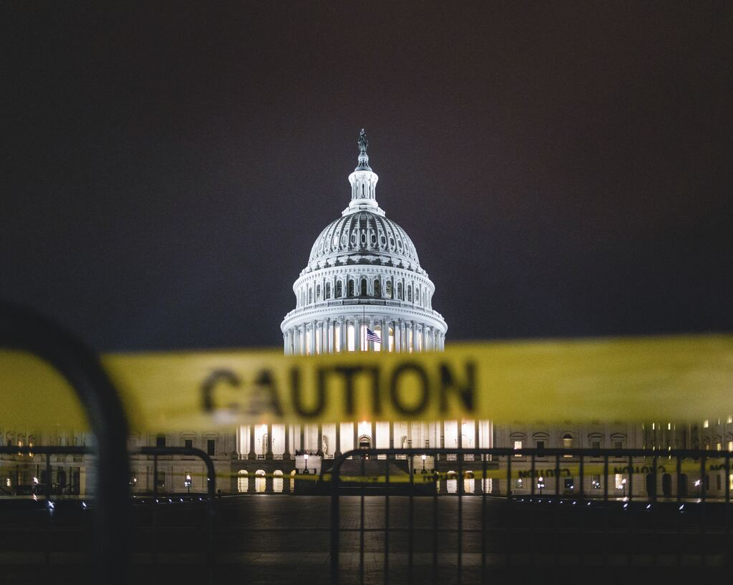My name is Kat Athanasiades and I’m a Senior Associate with the Center for Evaluation Innovation (CEI). We work to advance evaluation practice in areas that are challenging to assess, which tend to be areas of high complexity such as advocacy and policy change.
Nonprofit advocates and funders doing advocacy work engage in a range of tactics such as educating policymakers or building coalitions to advance their issues of choice. In the past, these tactics often worked in creating change.
We don’t live in the past. We live in a time of political hyper-polarization and social upheaval. The problems that foundations and nonprofits are tackling are not getting any easier—if anything, problems like climate change, immigration, and countless others seem to get more complex and intractable by the day. The Atlas Learning Project notes that the “rules” are changing regarding what is effective in working towards policy change. Tried-and-true tactics don’t have the power they once did. The future of nonprofit advocacy work is in flux, and advocates who cannot use a full suite of advocacy tactics are finding themselves at a serious disadvantage.
501(c)(4) organizations do not have the same restrictions as their 501(c)(3) nonprofit counterparts. They can engage in the lobbying and electoral work that other players in their field—often opponents—are already using to further their interests. Foundations are starting to ask about the contribution their dollars are making when directed towards a 501(c)(4) effort in coordination with, or instead of, a 501(c)(3) strategy. While more foundations and advocates are exploring using dollars for 501(c)(4) efforts, they have few resources to guide them.

Photo by Andy Feliciotti on Unsplash
Hot Tip: Advocacy evaluators need to reckon with evaluating 501(c)(4) tactics, otherwise we will find ourselves unable to speak meaningfully to the progress and setbacks our clients experience.
For example, our theories of how policy change occurs need to account for the 501(c)(4) strategies that make up an increasing part of the advocacy landscape. If we do not, we will build blind spots into the very fabric of those theories of change, which will result in valuable resources wasted, doing a real disservice to our clients and to our practice.
Rad Resources: The advocacy evaluation field is underdeveloped in this area in terms of philosophy, approach, and tools for assessing 501(c)(4) efforts. Publicly available 501(c)(4) evaluations are hard to come by. However, if you’re looking for inspiration, here are some good places to start.
- To familiarize yourself with what 501(c)(4) organizations can do, check out Alliance for Justice’s Primer on Social Welfare Organizations.
- This case study by Gigi Barsoum examines a comprehensive campaign to reform stop-and-frisk policing in New York City.
- The Atlas Learning Project, funded by The Atlantic Philanthropies, provides resources for funders and advocates that cover a broad swath of the advocacy space.
Hot Tip: We at CEI are thinking more about evaluating 501(c)(4) activities. If you want to join our conversation, we encourage you to reach out or come find us at AEA 2019 in Minneapolis!
AEA365 is hosting the APC (Advocacy and Policy Change) TIG week.
Do you have questions, concerns, kudos, or content to extend this aea365 contribution? Please add them in the comments section for this post on the aea365 webpage so that we may enrich our community of practice. Would you like to submit an aea365 Tip? Please send a note of interest to aea365@eval.org . aea365 is sponsored by the American Evaluation Association and provides a Tip-a-Day by and for evaluators.
